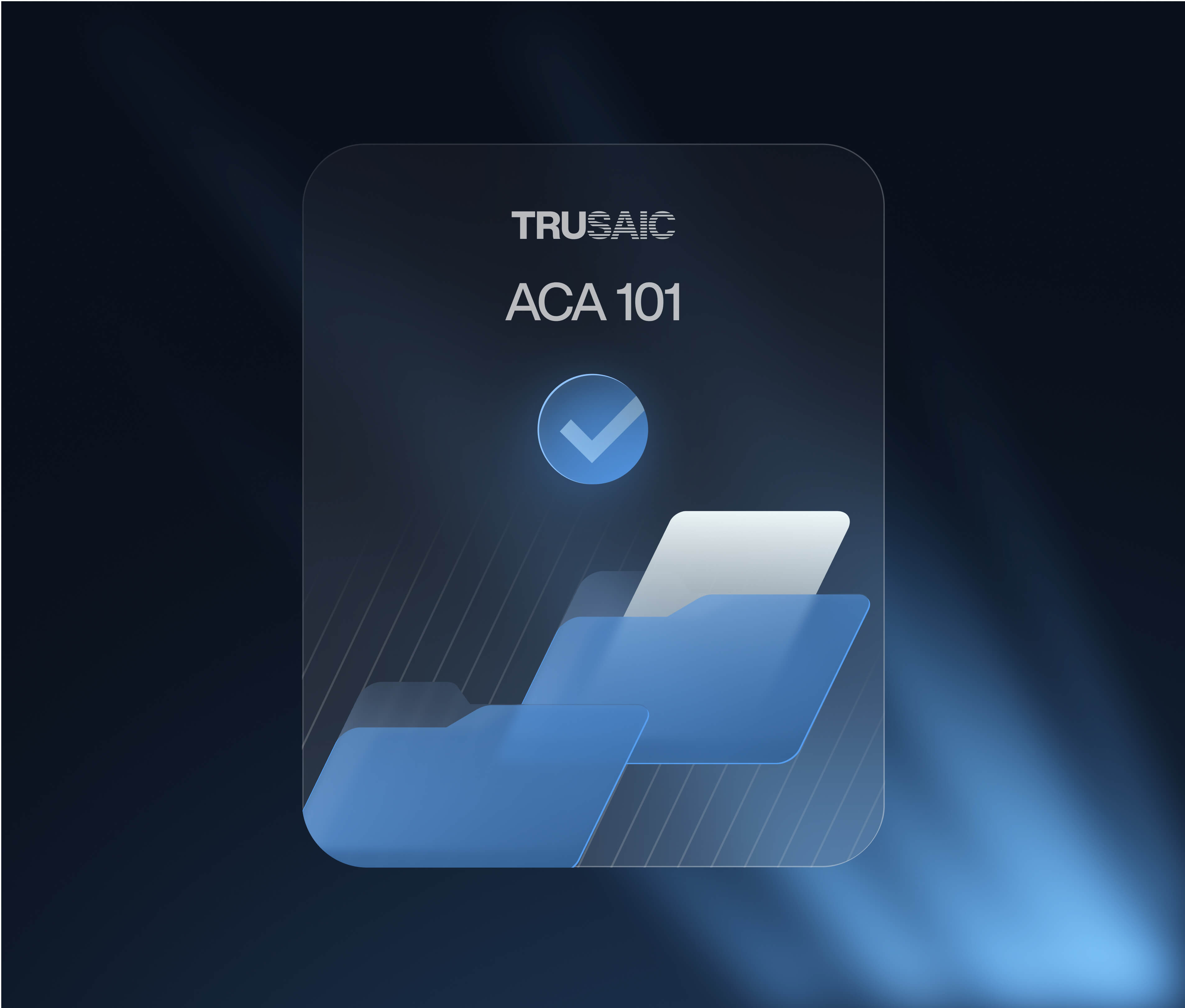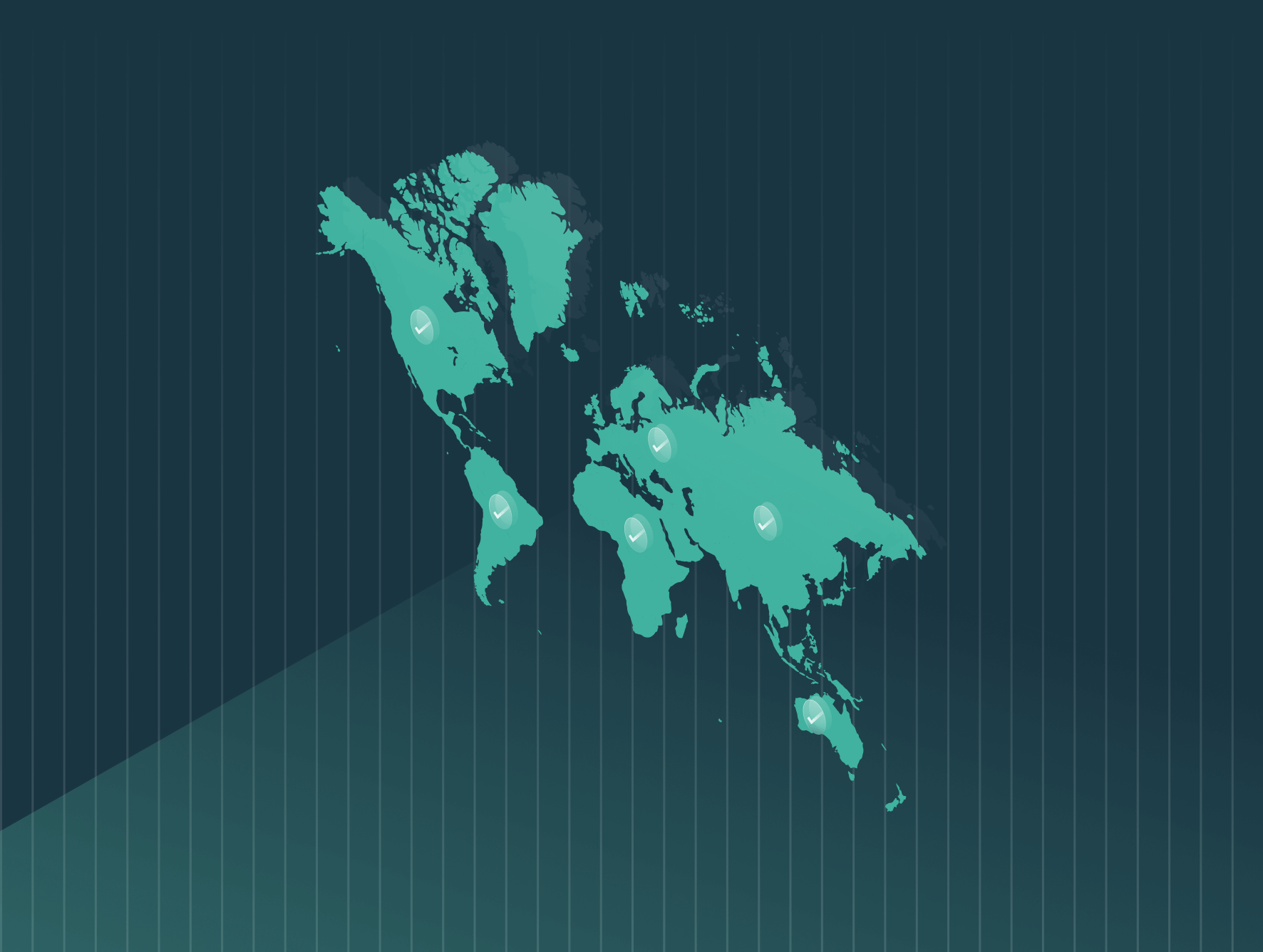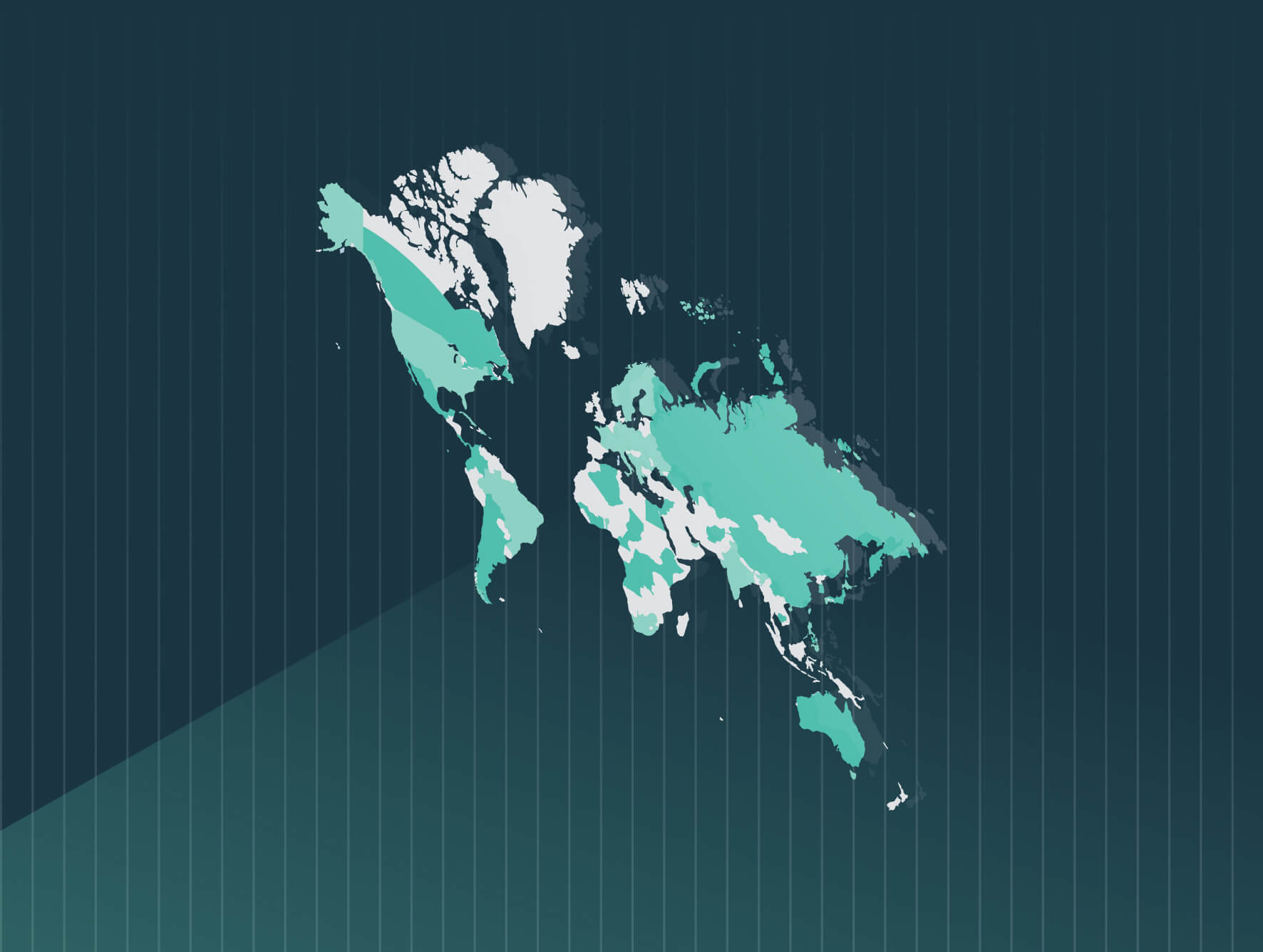Note: On May 27, 2025, draft proposals for transposing the EU Pay Transparency Directive were officially presented to the Tripartite Council of Lithuania’s Ministry of Social Security. Learn more details in our blog.
Lithuania’s Labour Code currently requires employers with 20 or more employees to share pay gap information with the works council or an employer-level trade union annually.
Lithuania reporting requirements
Who needs to report?
- Employers with 20 or more employees.
- Public data on average wages by gender across all employers with 8+ employees (and at least 4 of each gender) is published monthly by Lithuania’s State Social Insurance Fund (Sodra).
What to report?
- Under the current law, employers must submit average remuneration by occupational group and gender (excluding managers) if each group has at least two employees.
Where and when to report?
- Internal disclosure: Data must be provided annually to employee representatives. There is no fixed submission date, but the expectation is that it’s provided on a yearly basis no later than April 1.
- Public disclosure: National-level average data is publicly published by Sodra. Employers are not currently required to publish their own organization-level data.
Lithuania pay transparency requirements
Lithuania already has robust pay transparency measures, which are being enhanced to align with the EU Directive:
- Salary range disclosure: Required since July 2019 in all job advertisements.
- Salary history ban: Included within Lithuania’s upcoming Directive-aligned reforms.
- Pay information rights: Worker representatives can request pay data by category annually, and employers must analyze and remediate any gaps greater than 5% within six months.
- Job evaluation: Employers must collaborate with employee representatives to maintain and update grading structures (responsibilities, skills, effort, working conditions). Employers with 50+ employees must also disclose pay increase processes.
Employment equity standards
Lithuania’s Labour Code requires equal pay for equal work or work of equal value. The Law on Equal Treatment prohibits discrimination based on gender and other protected characteristics. Employers must publish remuneration systems through collective agreements or internal policies.
The risks of non-compliance
Currently, employers can be fined between €240–€280 for failing to meet pay transparency requirements. Under the forthcoming Directive-aligned amendments, fines may increase up to €6,000. In addition to monetary penalties, employers may be obligated to explain or adjust their pay systems and undergo remediation.
Lithuania’s proposed EU Directive legislation
On May 27, 2025, draft proposals for transposing the EU Pay Transparency Directive were officially presented to the Tripartite Council of Lithuania’s Ministry of Social Security.
- Maintain the reporting threshold at 20+ employees but expand obligations to category-level reporting.
- Require employers to remediate gaps of 5% or more within six months.
- Preserve existing transparency rules such as pay range disclosure and salary history ban.
- Introduce stronger joint job grading and pay increase disclosure requirements.
- Establish tiered penalties for non-compliance.
Lithuania is expected to fully align its legal framework with the EU Pay Transparency Directive by the June 2026 deadline.
How can Trusaic assist with Lithuania’s gender pay gap reporting compliance?
1. Comply – Use RAPTR™ to complete required reporting by compliance deadlines.
Stay ahead of evolving regulations with Trusaic’s Regulatory Pay Transparency Reporting™ solution, designed to help you determine applicability, meet deadlines, and submit compliant reports across EU jurisdictions with the click of a button.
Our Pay Equity Software Suite ensures your pay systems are legally defensible, gender-neutral, and future-proof — automating complex reporting and enabling GDPR-compliant data sharing through certified integrations with major HCM platforms.
2. Correct – Use PayParity® to understand, explain and resolve pay disparities:
Use PayParity to identify, explain, and resolve pay disparities across gender, race, age, and more. Whether you’re conducting proactive assessments or responding to compliance triggers like the EU Directive’s Joint Pay Assessment requirement, PayParity delivers defensible, data-driven insights. Our Remediation Optimization Spend Agent (R.O.S.A.) works as PayParity’s AI remediation partner to ensure you lower your pay gap below 5% while maximizing the ROI of your remediation budget.
3. Communicate – Use the Pay Equity Product Suite to communicate narratives and share salary ranges with confidence.
Comply confidently with the EU Directive’s pay range transparency mandates using Trusaic’s Salary Range Finder, which provides data-driven guidance for equitable pay ranges that can be shared with candidates and employees.
Our Pay Transparency Agent answers reporting questions instantly, and our Communications Agent crafts context-specific narratives — in any language — to support your public disclosures and internal communications.
How to prepare to comply with the EU Directive
Lithuania’s existing framework already fulfills several EU Pay Transparency Directive requirements—salary range disclosure, salary history ban, worker-level reporting, and remediation for significant gaps. To prepare:
- Update job classification and grading structures in collaboration with employee representatives
- Implement proactive intersectional pay analyses
- Prepare to report by job category and act on gaps above 5%
- Monitor final legislation expected by mid-2026
Trusaic is GDPR-compliant and ready to support Lithuania-based employers in meeting all current and future obligations under both national and EU law.
FAQs
-
Does Lithuania currently have gender pay gap reporting requirements?
Yes. Employers with 20 or more employees are required to provide gender-disaggregated pay data to works councils or trade unions annually. Additionally, Sodra publicly publishes average wages by gender at the national level.
-
What is changing under the EU Pay Transparency Directive?
Lithuania’s draft legislation proposes additional employer responsibilities, including annual reporting by job category, mandatory remediation of pay gaps greater than 5%, and enhanced job grading and pay progression transparency. These updates are expected to be finalized by June 2026.
-
Are employers required to publish their pay gap data?
Not yet. Employers must share data with employee representatives, but public disclosure of company-level data is not currently required. However, amendments under the EU Directive may expand public disclosure obligations.
-
What is the penalty for non-compliance?
Under current rules, fines range from €240 to €280. The proposed legislation would increase penalties up to €6,000 for failure to comply with pay transparency and reporting obligations.
-
Are employers in Lithuania required to post salary ranges in job ads?
Yes. Since 2019, all job advertisements in Lithuania must include the salary range for the position.
-
Can employers ask about salary history during recruitment?
Under the proposed amendments, employers will be prohibited from requesting salary history information, aligning with the EU Directive.
-
Do the new rules apply to private sector employers only?
No. Lithuania’s equal pay and pay transparency laws apply to both public and private sector employers.
-
How often do employers need to report pay gap data?
Employers must report data annually to worker representatives. Under the new EU-aligned law, they will also need to explain and address significant pay gaps within six months of identification.







